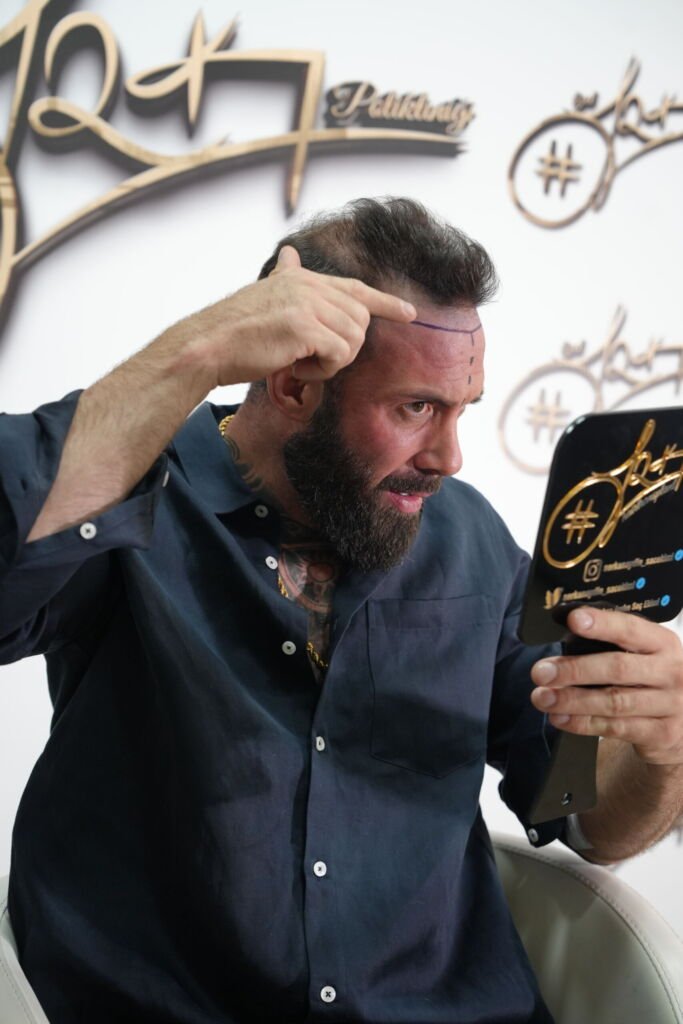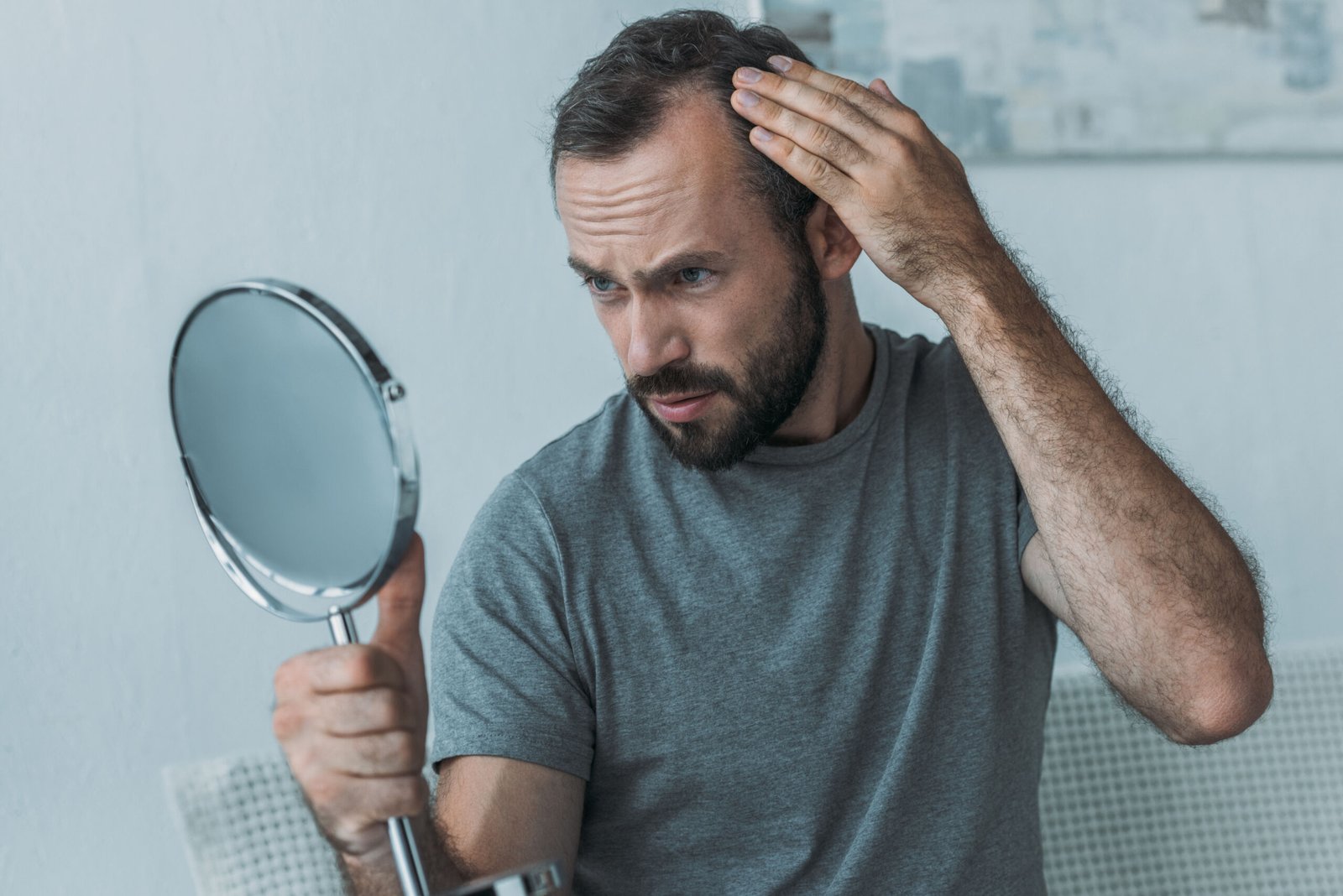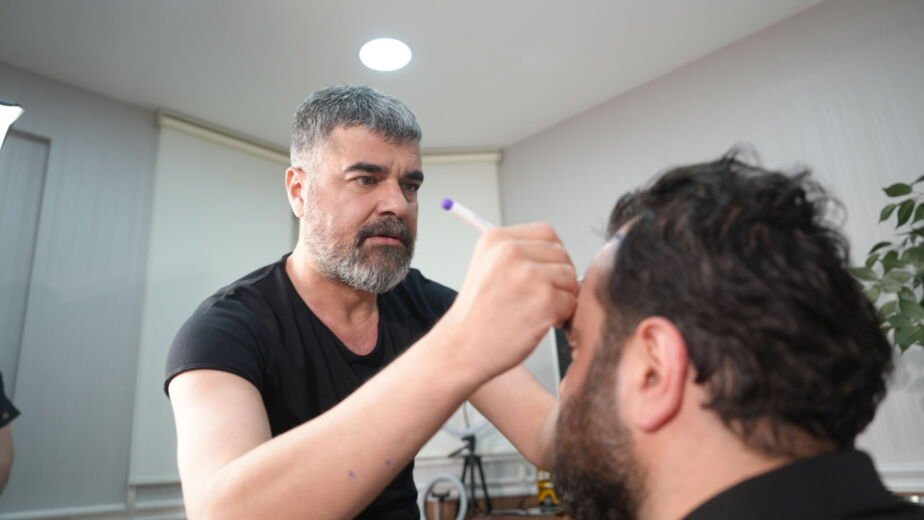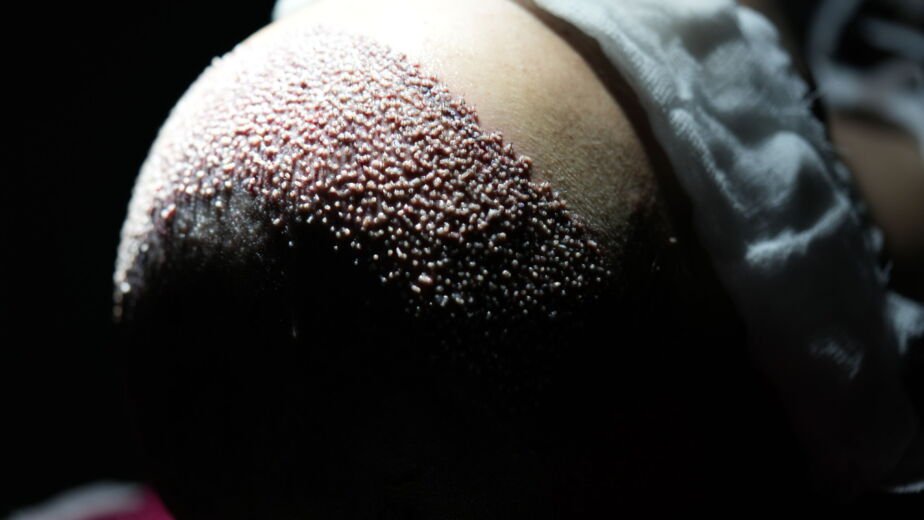Let’s talk about something that’s a sensitive subject for many and significantly more common than people like to admit – hair loss. One day, you wake up, look in the mirror, and come to the realisation that your hairline isn’t quite where it used to be. You might step into the shower and notice the drain is collecting hair at a faster rate than it previously had. The signs are very subtle at first and easy to dismiss. But eventually, after this process repeats itself, you realise: this might not just be “a bad hair day.”
At SRK Clinic, we are sought out by a huge number of patients from around the world who are dealing with hair loss and the impact it has on their quality of life. Far from having drawn an unlucky hand, this is something that, by the age of 35, about two-thirds of men will experience some degree of male pattern baldness. And women aren’t immune either; millions deal with thinning hair, often in silence. If you’re seeing more scalp than strands, let’s dig into what’s going on and what you can actually do about it.
The Hair Growth Cycle: More Than Just Follicles
Your scalp has about 100,000 hair follicles, and each one goes through a cycle: growing (anagen), resting (telogen), and shedding (catagen). At any given time, about 90% of your hair is in the growing phase. But when something disrupts that balance, hormones, genetics, stress, or illness, it leads to more hair shifting into the shedding phase. That’s when you start noticing the change.
So, What Causes Balding?
The biggest culprit? Genetics. If baldness runs in your family, chances are high you’ll see it too. This type of loss, called androgenetic alopecia, is responsible for most cases of male and female pattern baldness. It’s driven by a hormone called DHT (dihydrotestosterone), which shrinks hair follicles over time, making them produce thinner and shorter hairs until they stop altogether.
What Are Some Other Major Causes?
- Stress: Major life changes or trauma can cause temporary shedding (called telogen effluvium).
- Nutritional deficiencies: Low levels of iron, protein, or vitamins can impact hair health.
- Medical conditions: Thyroid disorders, autoimmune diseases, and scalp infections can trigger hair loss.
- Hairstyling habits: Tight ponytails or tight hair styling can damage follicles long-term.
The Fat Section: Yes, Fat Matters
Believe it or not, fat tissue under your scalp plays a role in hair loss. Research shows that healthy fat tissue around follicles supports hair growth by providing essential nutrients and hormones. As we age or lose fat in the scalp area (especially with weight loss), that support system weakens. It’s a strange but real link – your scalp fat could be part of the balding equation.
Spotting the Signs Early
Noticing more scalp at your crown? A receding hairline? Widening part? These are subtle but clear early signs of hair loss. Catching it early gives you a better chance at slowing it down or even reversing some of the damage with the right hair loss treatment.

What You Can Do: Realistic Balding Solutions
Here’s the honest truth: there’s no miracle cure. But that doesn’t mean you’re powerless. Here are some options:
- Topical treatments like minoxidil (Rogaine) can slow hair loss and stimulate growth.
- Prescription medications like finasteride (Propecia) help reduce DHT levels.
- Hair restoration procedures, including transplants, offer permanent solutions for many. Low-level laser therapy is a non-invasive way to stimulate follicles.
- Sensible lifestyle changes – eating well, managing stress, and avoiding harsh treatments make a surprising difference.
The key is being consistent and realistic. Some regrowth is possible, especially in the early stages, but maintenance is a lifelong game.
The Emotional Side of Hair Loss
Let’s be real – losing your hair can be deeply personal. It’s tied to identity, youth, confidence. Watching it thin can feel like watching a piece of yourself fade. That’s why it’s so important to talk about it, to share, to explore balding solutions that make you feel in control again. You’re not vain for caring. You’re human.
You're More Than Your Hair
Here’s the part no product can sell you: confidence comes from within. Hair or no hair, your value doesn’t shrink with your hairline. Some of the most charismatic, powerful people in the world are bald, or going bald and owning it. You have options. You have support. And you’ve got a community of others who’ve gone through this too.
Final Thoughts
Understanding the science of balding isn’t about obsessing over every strand, it’s about empowering yourself with knowledge. Whether you pursue hair restoration, explore natural balding solutions, or decide to rock the bald look proudly, the choice is yours, and that’s what really matters.
You’re not alone in this journey. And whatever path you take, there’s strength in owning your story, one hair (or lack thereof) at a time. If you’d like to learn more about hair loss solutions, contact the friendly team at SRK Clinic to find out more about your options.




